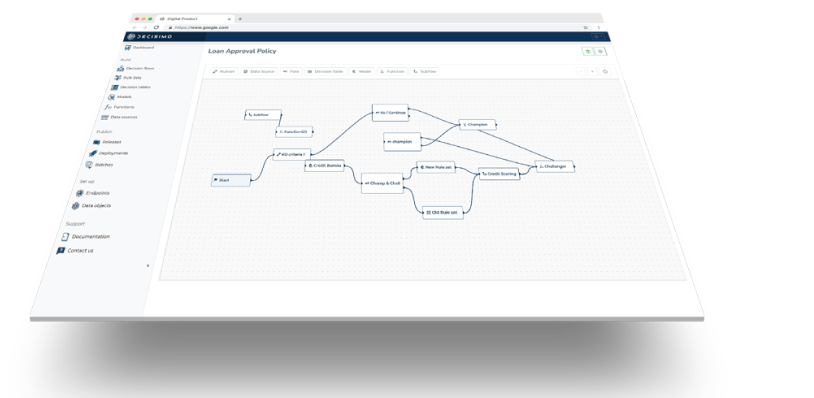The Conflict Between Data Minimization Techniques and the Rise of Fraudulent Synthetic Profiles - Decisimo - Decision Intelligence Services
Published on: 2024-08-10 18:29:56
As the digital landscape evolves, there is an emerging conflict between data minimization techniques aimed at protecting user privacy and the increasing complexity of fighting synthetic profile fraud, particularly in online payment systems.
Data Minimization Techniques
Data minimization techniques aim to limit the amount of personal data collected and retained by various services. These techniques, which include VPNs, proxy services, and data obfuscation methods, are becoming increasingly popular among privacy-conscious users.
- Private Relay Services: Apple’s Private Relay service is an example of a large-scale VPN that hides user IP addresses and browsing activity from network providers and websites.
- Temporary Email Services: Services like Apple’s “Hide My Email” and Firefox’s email alias features allow users to create temporary or alternative email addresses to avoid sharing their primary email address.
- Browser Data Restrictions: Modern browsers are employing stricter data sharing policies, such as reducing browser fingerprinting capabilities, to protect user privacy.
- Virtual Cards: Services such as Apple's Apple Card and Google's Google Pay allow users to generate virtual cards for online transactions, thereby reducing the ability to track purchases back to a single physical card.
Fraudulent Synthetic Profiles
Synthetic profile fraud involves the creation of fictitious identities that closely resemble real user profiles. These profiles are used to conduct fraudulent transactions, particularly in online payment ecosystems.
- Realistic Data Points: Fraudsters use a combination of real and fabricated information to create synthetic profiles that are difficult to distinguish from legitimate ones.
- Exploiting Data Minimization: Fraudsters exploit data minimization techniques to obscure their activities and make synthetic profiles appear more legitimate.
The Paradox: Data Privacy vs. Fraud Prevention
The adoption of data minimization techniques by legitimate users inadvertently complicates fraud detection efforts. This is because the same techniques used to protect privacy can be exploited by fraudsters to create synthetic profiles that are indistinguishable from real ones.
- VPN Usage: While VPNs are used by privacy-conscious individuals, they are also used by fraudsters to mask their IP addresses and geographic locations.
- Email Aliasing: Temporary email services are not only used for privacy but can also be used by fraudsters to create multiple synthetic profiles.
- Browser Data Limitations: Restricting data shared with websites can reduce the effectiveness of device fingerprinting, which is a crucial tool in fraud detection.
Impact on Data Enrichment
The use of data minimization techniques, while beneficial for privacy, limits the ability for data enrichment. Data enrichment enhances raw data with additional information, providing a richer context for decision-making processes such as fraud detection. When users employ tools like VPNs, temporary emails, and browser data restrictions, it becomes challenging to gather additional data points that could be used to enhance user profiles.
Impact of Virtual Cards
Previously, the use of a consistent credit or debit card could be a valuable data point for verifying a user's identity and detecting fraudulent behavior. However, the increasing use of virtual cards complicates this. Virtual cards can be generated on demand for online transactions and discarded afterwards. This volatility in financial data introduces another layer of complexity to fraud detection, further blurring the lines between legitimate users and synthetic profiles.
Conclusions
In the battle against online fraud, the rising popularity of data minimization techniques poses new challenges. As tools and techniques evolve, so must the methods used to detect and prevent fraudulent activity. Balancing the need for robust fraud detection with respect for user privacy will continue to be a significant challenge in ensuring the security and integrity of online payment systems.
Published: 2023-06-27


